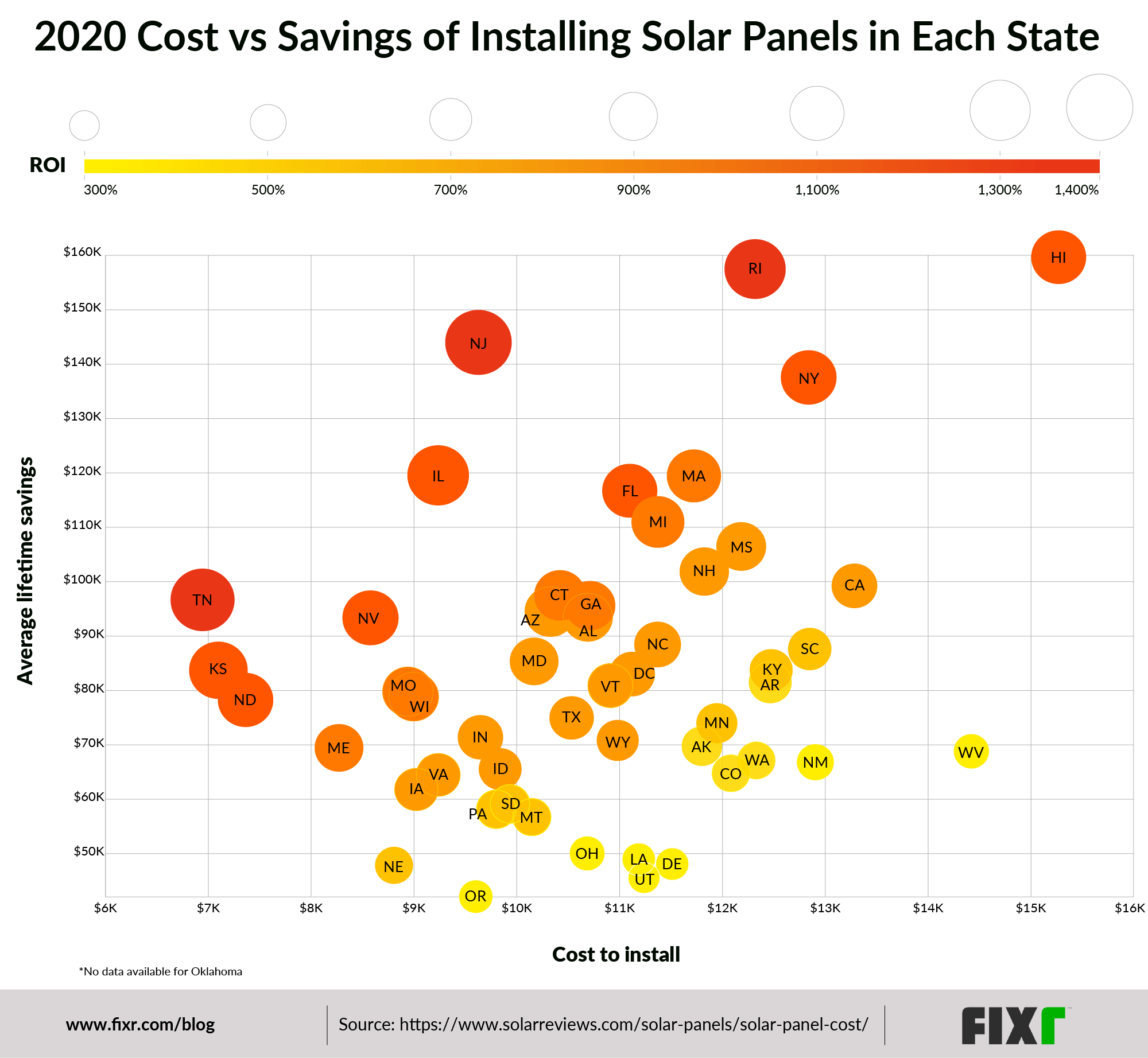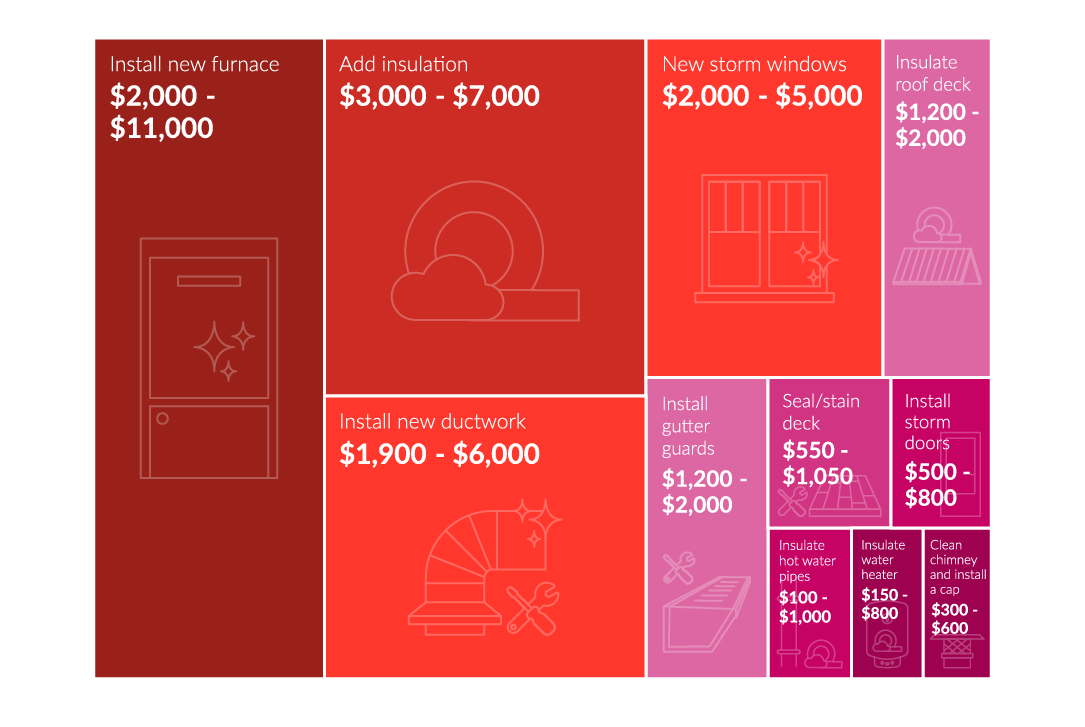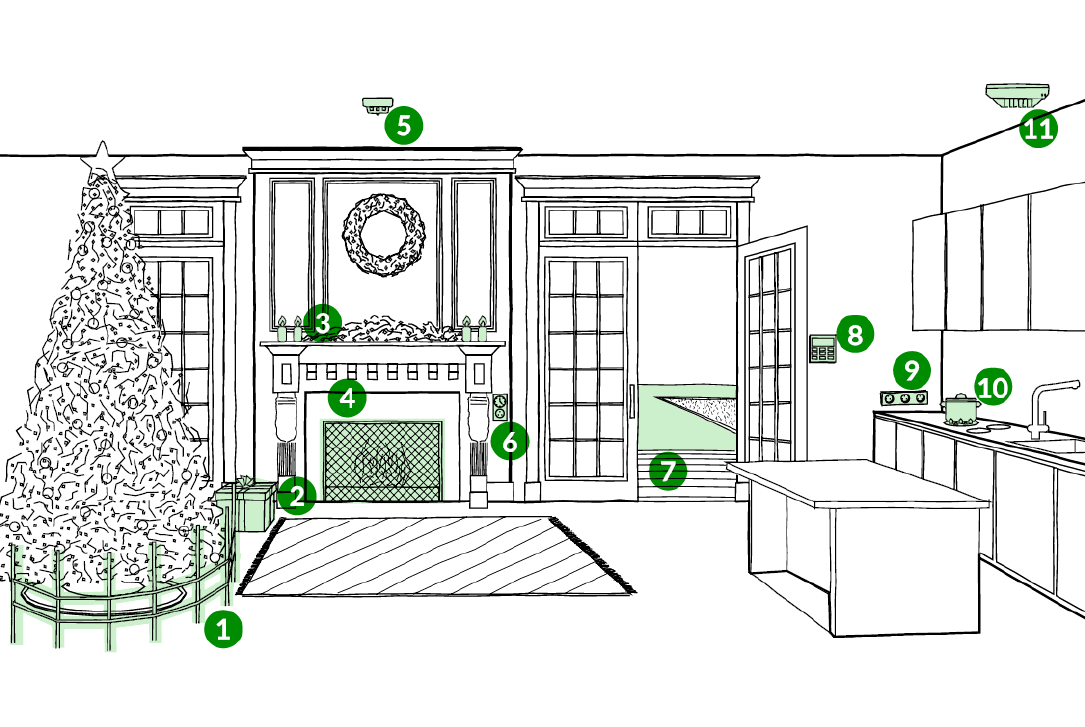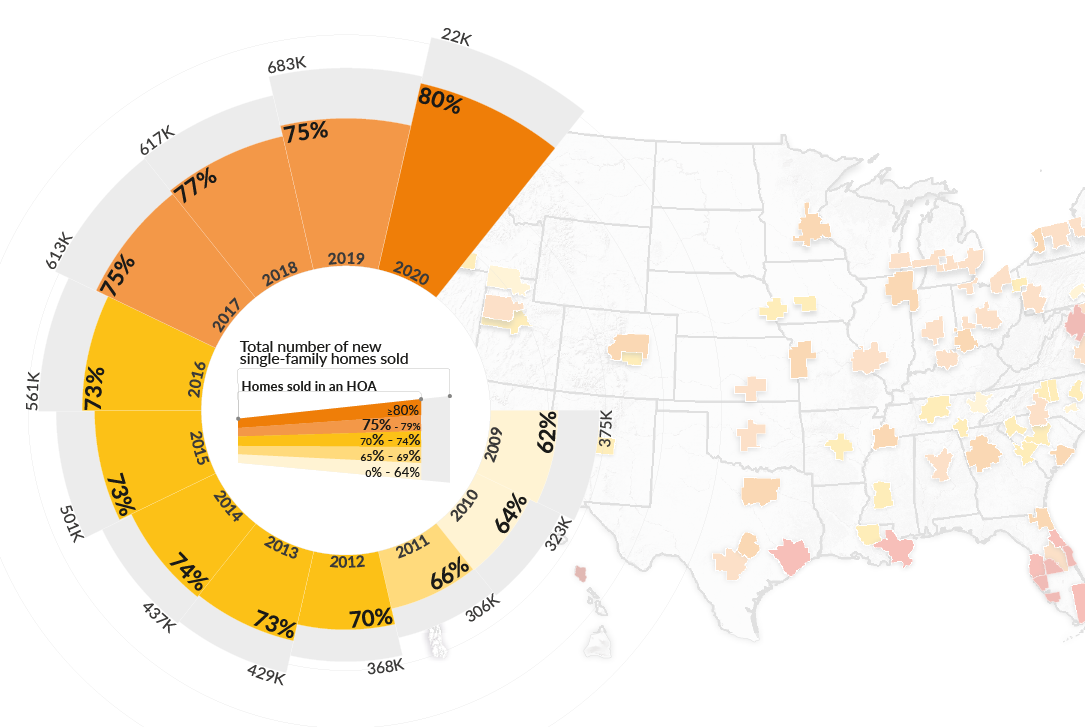There are many reasons to invest in solar energy. From avoiding rising energy costs to improving sustainability, many homeowners today are making the choice to switch to solar for their homes.
The upfront cost to install solar panels can be high, but for most people, the payoff over the lifetime of the panels more than offsets the upfront cost. In addition, the return on the investment of the panels can also be high in some areas.
However, these numbers can vary from state to state, which means that your location can play into how much you’ll spend on installation, how much you’ll save, and what your overall ROI will be. Data collected by Solar Reviews shows a wide range of costs and figures for homeowners residing in the 50 states. Fixr has visualized this data in an easy-to-read graphic that shows you at a glance where your state falls in comparison to others and where your costs and savings will roughly land.
How Do Solar Panels Work
Before it’s possible to break down the costs and savings of having solar panels installed on your home, you first need to understand how the system works. Solar panels are made up of many small photovoltaic cells. When these cells are exposed to energy from the sun, they allow photons or light particles to knock electrons free from atoms. This process produces electricity, which you can use to power your home.
Most people use this energy in a supplemental way, meaning that they still use electricity generated from other sources, but they use the solar energy to offset some of the costs. Depending on how much electricity you use and how much sunlight your home gets, it may be possible to reduce your need for conventional electricity to the point where you see a dramatic decrease in your energy bills.
For this reason, even though solar panels can have a hefty price tag, they can essentially pay for themselves and then continue saving you money over their lifetime.
How Long Do Solar Panels Last?
Solar panels have a lifetime of anywhere between 25 to 30 years before they stop producing enough electricity to remain viable. So, any “lifetime” savings that you see from the usage of solar panels will be recouped within this time frame. Given that most people will spend $16,000 or less on their panels, and will save more than $50,000 over the panels’ lifetimes, solar panels can be considered a worthwhile investment for most homes. This may be the reason that, while 6% of homeowners have already installed solar panels, more than 40% of homeowners are seriously considering doing so in the future.
A Visual Look at Cost and Savings
Using data gathered from different sources, Solar Reviews was able to extrapolate the average cost per watt for solar panels in each state, as well as how much they could save over the lifetime of the installation. Included was also the average ROI per state.

In this graphic, we’ve made it easy to see this information at a glance, so you can quickly find your state and determine how much it will cost for an average 5KW system, how much you’ll save, and your average ROI.
Costs increase for installation as the states move to the right of the graph, while savings increase as states move toward the top. The color shown for each state represents the ROI, with the states shown in darker colors receiving higher ROI than states shown in lighter colors.
Is Solar Worth It?
A quick look at the graphic will show you that many states are within fairly close proximity to one another in terms of cost, ROI, and savings, but there are a few definite outliers.
Tennessee, New Jersey, and Rhode Island all receive the highest ROI out of all 50 states. Each has varying levels of cost and savings, however. Tennessee is among the lowest in installation costs, but sits firmly in the middle of the pack in terms of savings. This correlates with the fact that Tennessee’s energy rates are also fairly average in comparison to the other states, which is what makes the high ROI so surprising.
New Jersey’s cost to install is higher, but still slightly below average. The savings are much higher, and this makes the ROI more in line with that savings. New Jersey ranks in the top 10 of all states for energy costs, which makes this ROI more understandable.
Rhode Island is a true outlier in this case as well, coming in with the highest installation costs of any New England state, but with the second highest energy savings of any state and a very high ROI. Considering that Rhode Island ranks 11th in terms of energy costs in the US, it’s surprising that the savings are so much higher than states that have higher energy costs, such as New York and California.
The only state that had higher savings was Hawaii, which also sees the highest cost of installation. This does make sense considering the cost of living in Hawaii, which tends to be much higher than in the contiguous 48 states, and which has the highest energy costs of any state. Hawaii also sees a fairly good ROI, coming in the top 10 of all states.
The remaining states that round out the top 10 in ROI after Rhode Island, Tennessee, New Jersey, and Hawaii are:
- New York
- Florida
- Illinois
- Nevada
- Kansas
- North Dakota
Solar Panel Installation: Things to Consider
The cost of your system, your savings, and your ROI are only some of the things that you’ll need to consider when installing a solar panel system on your home. There are several other factors that could cause your system to end up costing you more, or not maximizing your savings the way that you would hope.
Your first consideration should be to the size of the system. These costs have been based off of a 5kW system, but not every home will need this size. Larger properties and properties that have high electricity usage will see much higher set up costs. This can still correlate with high savings if you currently use a lot of electricity, but you will need to make that calculation.
Homes with roofs that have a greater than 45-degree slope will also have higher than average installation costs. Some roofs may also not support the panels, which could mean higher costs to reinforce or replace your roof, or you may find that your roof is not the most suitable place for installation due to shade or position. In this case you may need to install the panels further from your home, which also has additional costs.
These systems and costs are also designed to reduce standard electrical consumption. If you wish to completely untether your home from the grid, you would need to install a battery system and converters, which can also increase your upfront costs, but which may yield a greater savings as well.
It’s important to note that all costs used in this visualization were calculated after the tax credit that homeowners receive for installing solar panels. Should this credit become unavailable at some point in time, this will impact your total costs and savings.
Make an Informed Decision
By seeing how much you may need to spend and what your potential savings are based on your area, you can make a more informed decision about whether to make the switch to solar power for your home. While some states may see higher savings or ROI than others, all do see a significant return on investment and energy cost savings over the 25 year period of the panels’ lifetime. Use this information to help you decide whether to go solar for your home, and know that you’re making the most informed decision for your future.




